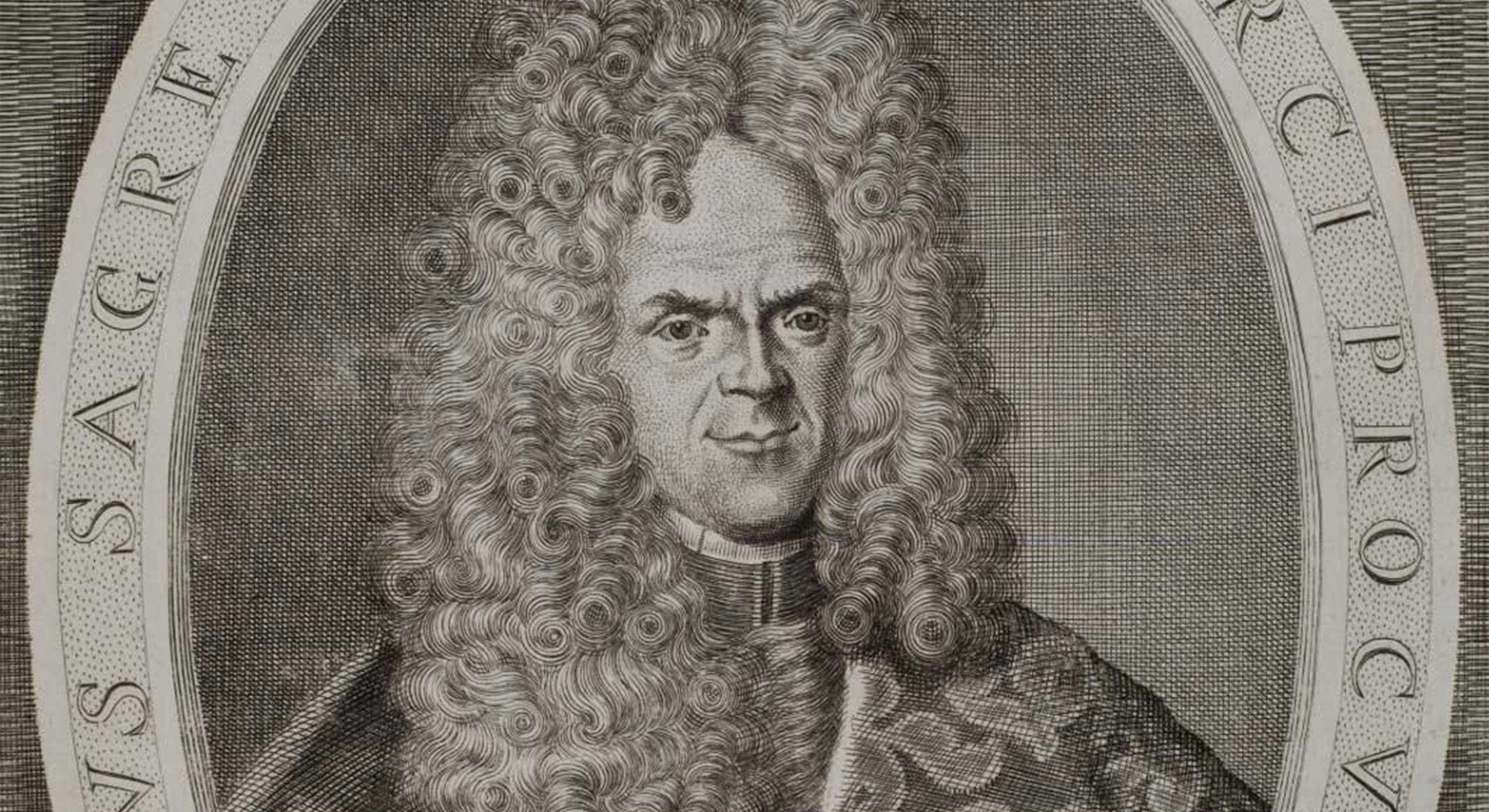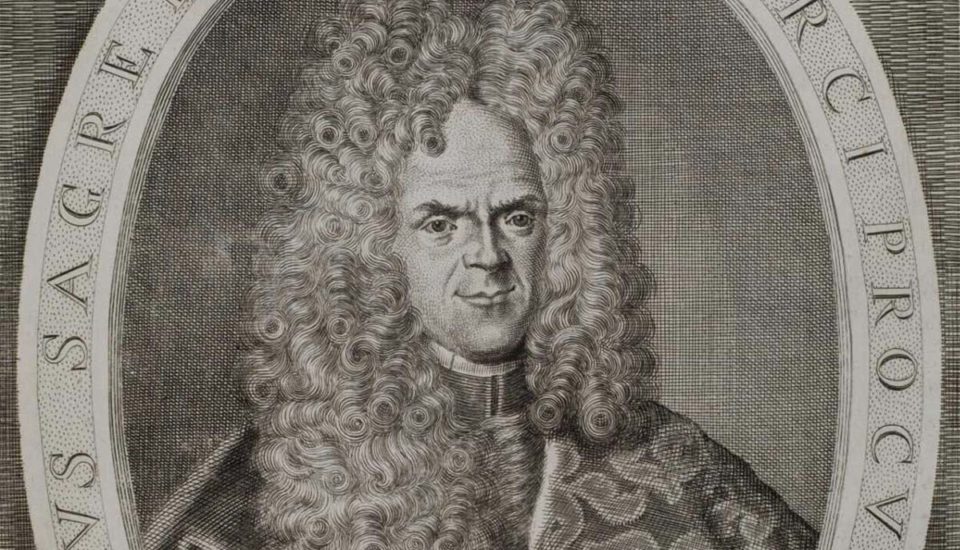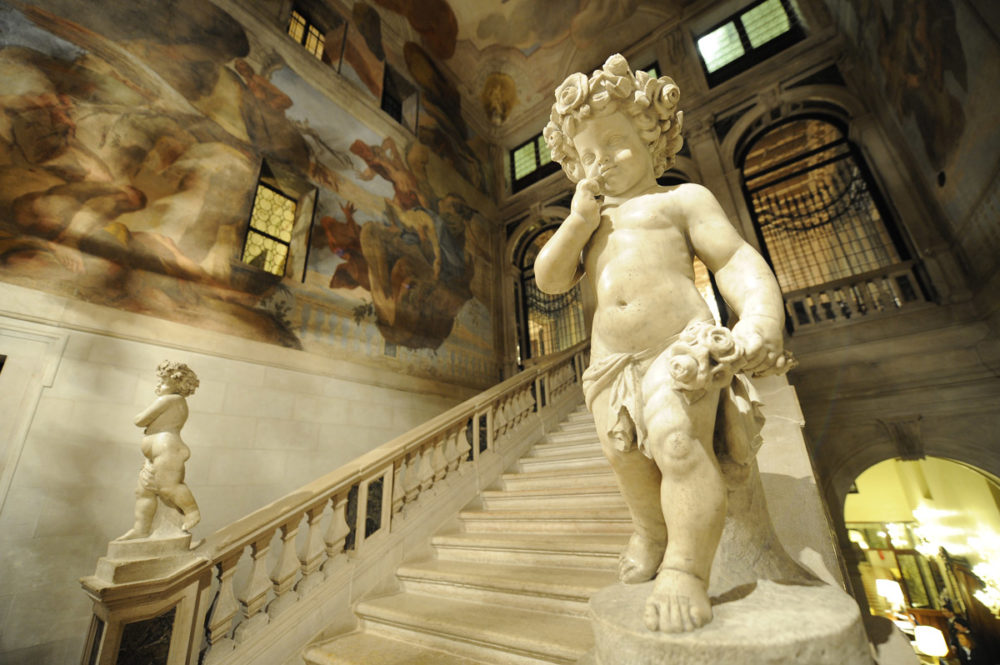Nicolò Sagredo (Venice 1606-1676)
Firstborn in the Sagredo di Santa Sofia branch, son of Zaccaria, procurator, and of Paola Foscarini di Alessandro, Nicolò is considered one of the most famous members of the noble Venetian family, engaged at high levels in the Serenissima hierarchy, first as an ambassador by the courts of Spain, Germany and France, then elected Doge from 1675 to 1676, when he died. Besides the career, Nicolò Sagredo was very engaged with his passion for art, grown during his permanence in Rome between 1651 and 1656 as a Venetian ambassador by Innocenzo X.





